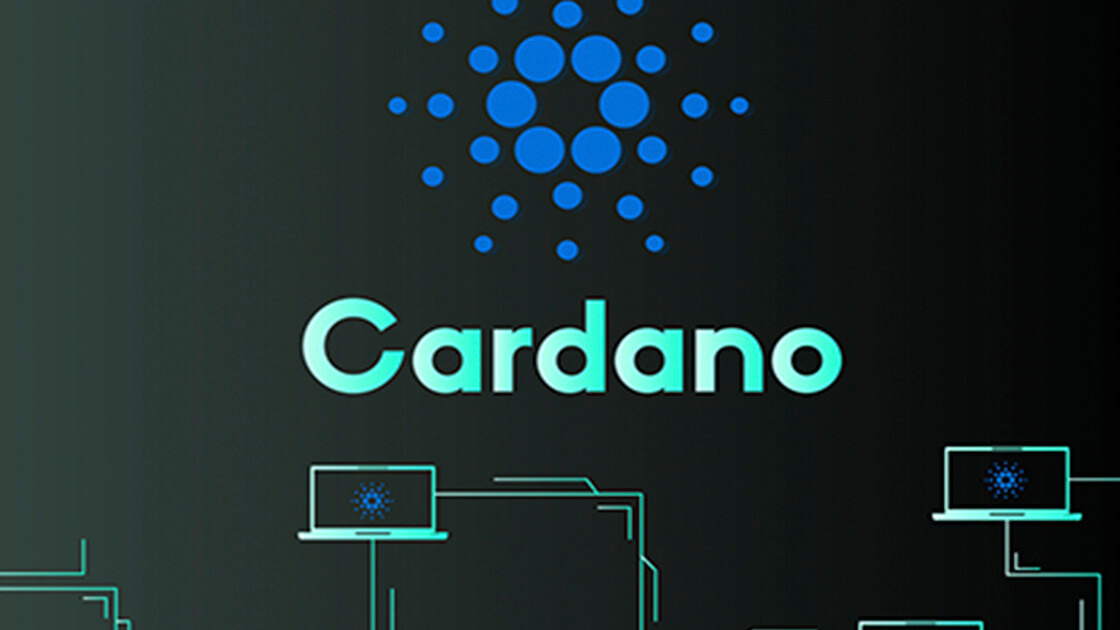Cardano is a blockchain protocol fueled by the Proof of Stake mechanism. It allows managing nodes, developing smart contracts, and dApps.
Cardano is the primary blockchain based on peer-review and academic approaches. This suggested instead of creating a white paper make certain that specialists over the world study their papers thoroughly, make upgrades and reach an agreement.The initiator of the project is Charles Hoskinson, who is also a founding partner of Ethereum. In 2015 Hoskinson and his squad of experts decided to build a third-generation blockchain outline from the top. Their goal was to generate an environment that would be scalable, sustainable and would interact with various blockchains. Cardano has its built-in token ADA. The network was released on September 29, 2017, after a crowdfunding campaign that raised $62 M.
Switzerland-based Cardano Foundation, Input-Output Hong Kong (IOHK), and Singapore-based Emurgo uphold the network's performance and growth. The protocol has been named in honor of Italian scholar Gerolamo Cardano and the asset ADA in honor of British mathematical scientist Ada King.
How Does Cardano Operate?
Cardano's operating system stands out for some points, particularly for consensus algorithm and layer design. The project uses a Proof of Stake (PoS) mechanism termed Ouroboros, which functions to secure the network, validate activities, and receive newly minted ADA.
As Proof of Work requires a large amount of computing and electric power, Cardano uses a diverse strategy for mining. Through Ouroboros, it distributes network management across stake pools: node operators who mine the next blocks, thus ensuring a steady and trustworthy connection.
To manage the work seamlessly Cardano splits the time into epochs. Epochs in their turn, are divided into slots, which are 20-second extensions. 1 block is created in terms of one slot. The slot leader, who is selected randomly, is the only member who can mine the block. He or she views the transaction, verifies it, and puts it inside the block. Failing to do so, the person will lose his role as a leader till being elected the next time.
This implemented technique allows to increase the number of slots per epoch, which solves scalability issues.
Cardano's Layer Structure
The Cardano blockchain maintains two layers. This is another factor that makes the system exceptional.
Trending: Joe Rogan Hopes Cryptocurrencies Will Change the World
The two individual layers are:- Cardano Settlement Layer (CSL)
- Cardano Computational Layer (CCL)
CSL is the field where Ouroboros runs. It is used to move ADA between accounts and to track activities. As for CCL, it is a layer, where Smart Contracts performance is held.
These two layers work in a fully independent way. The structure aims to bypass further forks and problems, remaining flexible at the same time. Another curious fact about Cardano is the choice of code writing languages for smart contracts. They are an old functional computer language Haskell and Haskell-based language Plutus, which the Cardano team developed themselves.
The Token ADA
Cardano's native token ADA is among the top digital assets by market capitalization. The token's highest available supply is 45 million. The ICO of the token was carried out through five rounds and took place from September 2015 to January 2017.
Overall, around 16% of ADA’s total supply went to the project’s founders, with 84% being distributed among investors.
Trending: Iranian blockchain association advocates smart crypto regulation
Any ADA owner also has a stake in the Cardano network. Users can get revenues by transferring the tokens from the wallet to a stake pool. ADA owners also can participate in the network's governance.The token is traded on major exchanges.
Daedalus Wallet
The full-node desktop wallet Daedalus was formed by IOHK. It is designed to store the token ADA. The wallet's uniqueness is in its ability to function as a complete Cardano node. It downloads Cardano blockchain's copy allowing users to validate transactions, view every activity they have made, as well as make specific inquiries concerning the state of the Cardano chain.
Using the wallet doesn't require hosting third-party servers, so it ensures maximum security. It is possible to download Daedalus for Windows, Mac, or Linux.
Cardano Roadmap
The Cardano roadmap is a brief statement of Cardano destinations, which is organized into five time periods:
- Byron - the network's foundation process started in September 2017
- Shelley - hard fork released on July 29, 2020. It is in this period that the network advances in decentralization and the Cardano community members began conducting nodes.
- Goguen - an update that will bring innovations in producing dApps like multi-asset support. The mainnet is supposed to be issued in March 2021. On March 2, the hard fork Mary was issued, which is a part of the wider rollout of Goguen.
- Basho - a phase aiming to renew scalability and interconnection. The release date isn't established yet.
- Voltaire - a phase aiming to bring new voting and treasury structure.
These enhancements together will bring the decentralization to new highs.
Trending: MetaMask announces integration with Apple Pay
Conclusion
Cardano is a leading blockchain protocol. Currently, its built-in token ADA is among the top crypto assets in terms of market cap and trading volume.
The protocol keeps growing with new innovations and sees high demand. Given all current features and expected updates, it is assumed the network will remain competitive for a long time.






